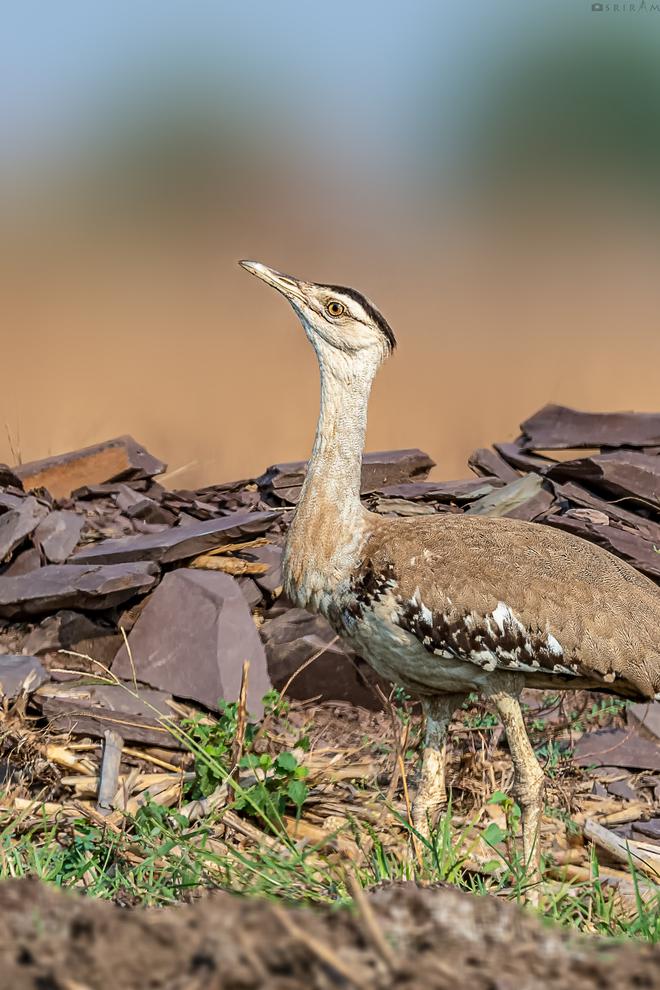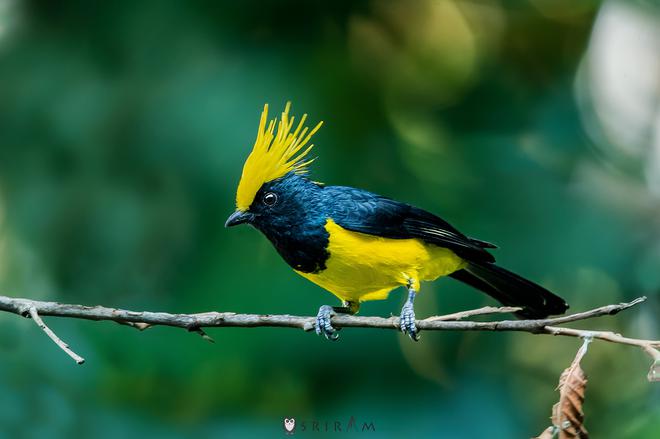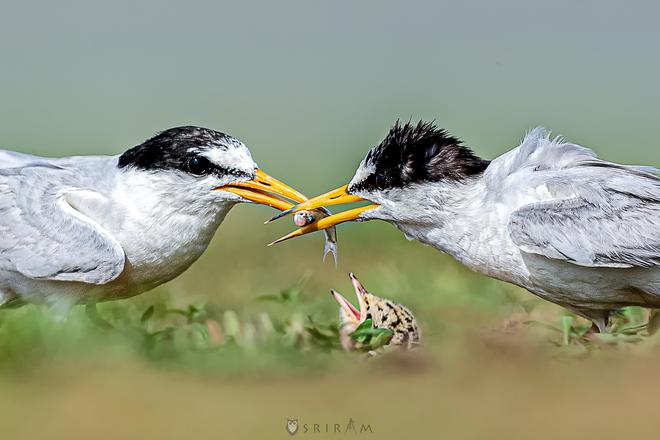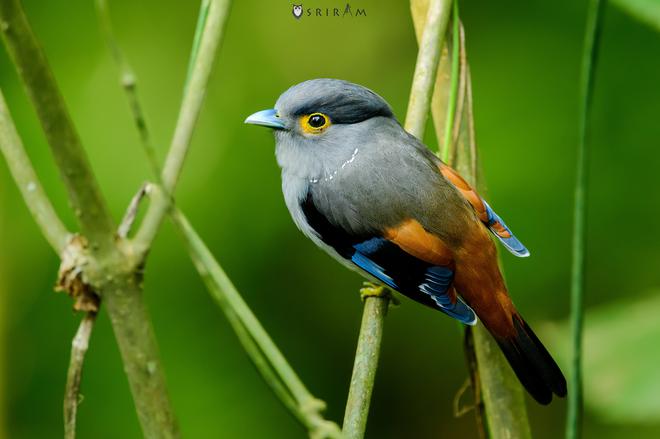In July 2015, a trip to the Osman Sagar Lake in Hyderabad made Sriram Reddy, a software professional, landscape and architectural hobbyist photographer for 20 years, add bird photography to his list of interests. Seven years later, Sriram is the only man from Telangana to have documented 1,013 (out of the 1,350) bird species in India.
In 2015, he went to the lake with his point-and-shoot camera in the company of some bird-watcher friends, intending to do some landscape photography and also understand all the fuss about greater flamingos. At that point, he was travelling with Hyderabad Birding Pals group, that he had helped co-found in 2014 out of a keen interest in landscapes. He recollects: “The sight of the birds basking in the sun converted me into a birder instantly.”
Describing himself as an outdoor person, who enjoys treks and hikes, Sriram says, “Although I accompanied my birding pals for some landscape photography, I ended up photographing the birds. The moments I spent taking photos of the greater flamingos cast a spell on me.” After that, he decided to start documenting his personal bird sightings.
Sriram has since organised over 353 bird photo walks. His photographs have been published in various official Government books and national journals, as part of research and informative articles in journals like Telangana State Biodiversity Field Guide, Pakhal Coffee Table Book, Birds of Kaghaznagar field guides and citizen science platforms.

As a birder, Sriram’s quest to document Indian bird species has taken him across the country. He says that documenting birds is a tedious process; one needs a lot of patience to be able to photograph them in their natural habitat. “Equipment is also important. I upgraded mine because photographing birds requires specific lenses.” He is currently using a Canon R3 and Canon RF 600mm F4 lens.


Sriram feels he is fortunate to have sighted birds like the Great Indian Bustard and the White Bellied Heron and is eagerly planning a trip to Manipur to sight Mrs Hume’s pheasant, a critically endangered species. “From Telangana alone, my contribution to the birding list is 408 species (out of the state’s total 442). Now that I have documented 1,013 species, doing the next 300 is a daunting task. I might be able to cover another 100 in a couple of years; after that, the next 100 will be tougher, because those are mostly non-resident birds (migratory birds).”

Asked where he spotted the most number of species, he says, “Kaziranga and Manas in Assam were good places. Manas is soaked in Nature and a lot of exotic bird spotting can be done. I also want to visit Nicobar where I am confident of covering another 10-12 species of birds.” In Nicobar, he is hopeful of spotting the Megapode and Spoon-billed sandpiper.
For those interested in bird sighting in Telangana, Sriram suggests a trip to Khammam, Manjeera Dam and Amrabad forest.







